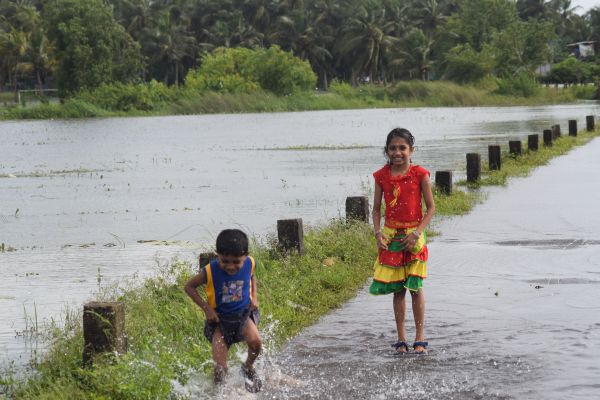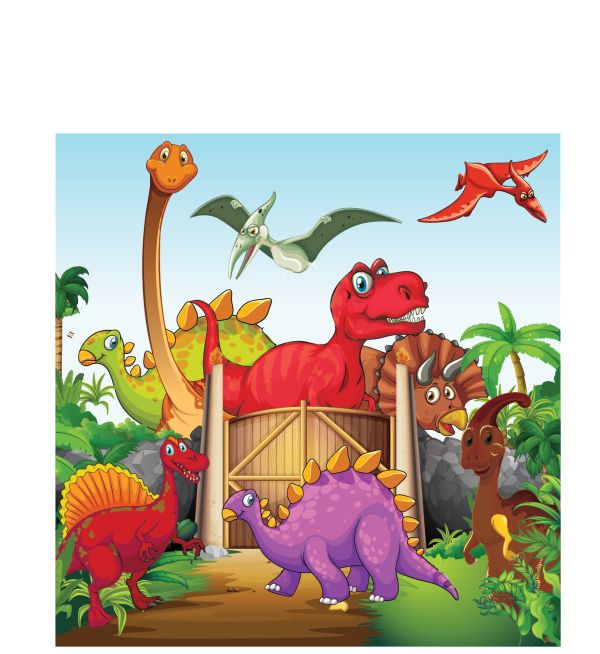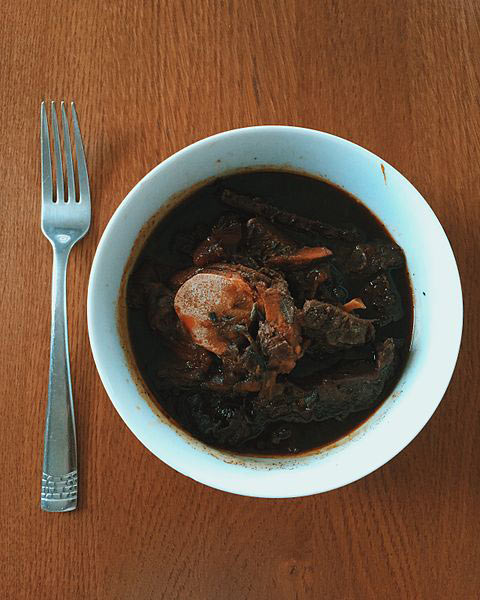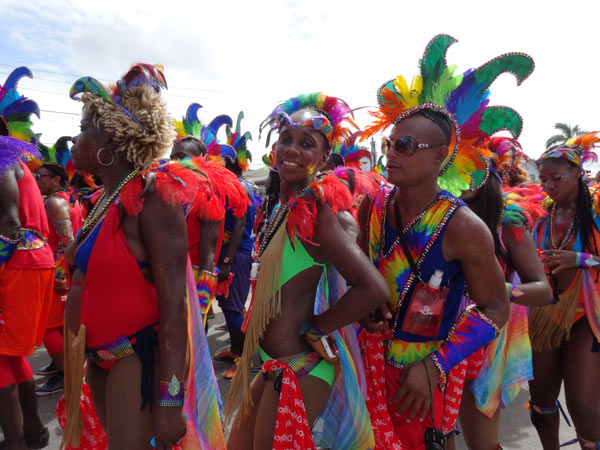Heroes of the world – Contest
Do you have a hero? Someone you admire for his/her courage, outstanding achievement, or noble qualities? Tell us about him/her and win exciting goodies.
Do you have a hero? Someone you admire for his/her courage, outstanding achievement, or noble qualities? Tell us about him/her and win exciting goodies.
July offers a plethora of events with meteors, eclipses, and planet sightings. Don’t forget to look up into the star laden skies.
Half a year may have whizzed past us, but July itself will be a wonder, as the skies buzz with aerial activities. The month will end with a full moon on July 27, and it is also called the Full Buck Moon because the male buck deer begin to grow their antlers around this time. This moon has also been known as the Full Thunder Moon and the Full Hay Moon.
Scroll through the timeline below to see what else this month has in store for us.
What happens when you choose to tell a story with actions, music and dance? It becomes a play. Try your hand at this crossword…it’s all drama.
The monsoon is upon us. The thirst of the parched earth is now quenched and we can look forward to cooler months.

The long awaited monsoon sprung a surprise on us this year. It arrived three days earlier than expected.
Every year, on June 1 the monsoon arrives in Kerala, bringing with it cool winds and water laden clouds. Everyone breathes a sigh of relief as it cools the earth and replenishes water sources.
But, it is the intense heat of the summer months and the differing temperatures over land and ocean that cause the rain. The heat of the Thar Desert and the adjoining areas, generate a low pressure. During the monsoon the wind direction reverses. The moisture laden winds from the Indian Ocean blow in to fill in the void.
When the south west monsoon hits India, it splits in two because of the Western Ghats, in south central India. One part moves north towards the Arabian Sea and the coastal side of the Western Ghats. The first to experience the joy of the monsoon is the Andaman and Nicobar Islands. From there, it hits the Indian mainland along the Malabar coast. It travels on Mumbai and then Delhi and towards the Himalayas.
While the other part rolls off over the Bay of Bengal, up through Assam and hits the Eastern Himalayan range. That is, it initially tracks the Coromandel coast, north east of Kanya Kumari moving towards Orissa, swerving to the north west towards the Indo Gangetic Plain.
Typically it takes a month and a half to cover the entire country. The south of India receives more rainfall than the north. The Northeast receives more precipitation. In meteorology, precipitation is any product of the condensation of atmospheric water vapour that falls under gravity. The main forms of precipitation include drizzle, rain, sleet, snow, and hail.
After three months of rain, the country is cool and pleasant and it is time for the monsoon to bid goodbye. And, it is November.
Signs of monsoon
There are signs to predict when it will rain, how much or how little and how long. Whether they are foolproof or trustworthy is not known, but it is interesting just the same. Here are some harbingers of the rain but first, a story about writer Khushwant Singh.
The most commonly told story is of the author stopping his tennis serve mid swing and cupping his ear. As his co-players watch puzzled and impatient,he lets out a gleeful shout announcing the advent of the monsoon bird. He is said to have shouted, “”The monsoon bird is here! Hail clamator jacobinus, the monsoon is coming!”
In Andhra Pradesh, farmers watch the open bill storks. If they fly in parabolic circles, it is time to get his farming implements ready to prepare for the sowing season.
Yet another sign is the fruit of the Flame of the Forest. If the seed at the bottom has matured, it indicates that it will rain well at the beginning of the season. If the middle of the seed is matured then the middle part of the season will get good rains. Similarly, if the top is ripe then it is the end of the season that sees maximum rain. Uniformly developed seeds indicate uniform rain.
The weaver bird is also a forecaster. The quantity of rain is determined by the height of the its nest — if it is high, there will be copious rainfall, if low, then expect scant rain.
Other signs to look out for: when mangoes lose their tartness; large, black ants become frantic in their search for food; locust type insects swarm over light fixtures; the late afternoon sun turns a dirty yellow; midnight heavens thunder; peacocks dance; dragon flies crowd around; goats flap their ears, owls hoot, sheep huddle…excessively, of course; the slow red hairy caterpillar makes a dash for shelter; foxes howl from dawn to dusk.
What’s with the word?
The word monsoon comes from the Arabic word for season. There are actually two monsoons in India: the winter, or north eastern monsoon; and the summer, or south western monsoon.
There are other tropical and sub-tropical lands that have monsoons, but the Indian avatar is by far the most dramatic. This is because of India’s geographical arrangement. The large inverted triangle of land, jutting into the Indian Ocean, capped by a collar of the world’s highest mountains cannot be overlooked.
Answer these questions based on the above article.
They are fun, musical, and up your joie de vivre. Unravel these mixed-up images of different types of musical instruments.
Have you ever tried playing a musical instrument — trumpeting away on a toy trumpet or having a go at your elder brother’s drum set? But, do you know the sheer variety of musical intsruments available around the world?
Try your hand at this picture shuffle puzzle depicting three instruments- Marimba, Snare drum, and Veeragase. How quickly can you solve the puzzle?
Marimba: The marimba is a percussion instrument consisting of a set of wooden bars struck with mallets called knobs to produce musical tones. Resonators or pipes suspended underneath the bars amplify their sound. It is thought that the marimba was adapted from an old myth of the Zulus, where the goddess Marimba made an instrument with wooden keys held over hollowed out gourds and hit with beaters. The name is thought to have originated from this. Sebastian Hurtado is credited with adapting the marimba, which was introduced to the Americas by African slaves, by removing the hollowed gourd and replacing them with wooden resonator pipes.
Snare drum: Snare drums or side drums are often used in orchestras, concert bands, marching bands, parades, and more. It is one of the central pieces in a drum set. Did you know that the snare drum became a member of the orchestra approximately two centuries ago? In Italy, the snare drum is referred to as a tamburo piccolo, which means ‘little drum’.
Trombone: The trombone is a musical instrument in the brass family. Like all brass instruments, sound is produced when the player’s vibrating lips cause the air column inside the instrument to vibrate. Some say that Beethoven and other composers described the trombone as the “Voice of God”. This may have been due to the ability of the trombonist to achieve perfect intonation at all times.
Photos: Wikimedia Commons
It was Saturday, and we couldn’t get to the park fast enough. But, when we did get there we were in for a surprise. One, that left us shaken!
These two pictures are seemingly similar. Put your observation skills to good use and spot five differences.
How keen an observer are you? Find out, by spotting five differences.

How much do you know about some of these native sports from various parts of the world? Take this quiz and find out.
Here are a few sports from different parts of the world. Try and guess the answers from the clues and photos given.
Beaches, rainforests, waterfalls, savannahs… Guyana has it all. Exploring this vibrant country is an incredible experience.
Guyana is located in the northern part of South America. It is bordered by the Atlantic Ocean in the north, Suriname in the east, Venezuela in the west and Brazil in the south. The name ‘Guyana’ means ‘land of many waters’, and the country has a huge system of rivers and waterfalls.
It is considered part of the Caribbean region because of its cultural and historical connection with other Caribbean countries and Caribbean communities.
Due to global warming, there is a rise in sea levels. Almost 80 % of the population lives along the coast, and suffer for it. Sea walls with channel gates have been erected to control the rising water levels. Highlands cover about 66 % of Guyana’s area. Mount Roraima, in the Pakaraima Range, lies on the border of Guyana, Venezuela and Brazil. The grasslands of Rupununi are expansive, covering around 6000 sq. m. in length. On the other hand, the intermediate Savannah’s extend only up to 2000 sq. m.
Guyana has a tropical climate. But the coastal plain enjoys a pleasant climate through the year, because of the steady winds that blow in from the north east. They experience the monsoon twice a year — April to August, and then later in the year from November to January.
Click on the hotspots to learn more about Guyana’s geographic layout.
Cuisine

Caribbean, East Indian, Chinese and British influences can be seen in Guyanese cuisine. Indians arrived in Guyana in 1838, and the East Indians, as they are called, make up a majority of the population. Hence, meats in curry sauce along with roti are popular. From the Caribbean comes the cassava and sweet potatoes. Guyanese Pepperpot, the national dish, is made by simmering meat in spice and cassareep (an extract of the cassava root).
Chow mein, inspired by the Chinese, is popular. In the villages, people make bread at home, and also cheese and coconut rolls, and tarts, a hangover from the British days. Along the coast, fresh fish and seafood are favourites.
Culture

Africans form the second largest group in Guyana after the East Indians. Though Guyana is part of the North Atlantic coast of South America, it draws inspiration from the Caribbean countries. Unlike other South American countries, English is the official language of Guyana.
You must have read To Sir With Love or watched the movie. It is the biography of E.R. Braithwaite, a Guyanese author. Theatre, in the 19th century, had European overtones. The 20th century gave way to African and Indian Guyanese middle-class theatre. Reggae, calypso and Bollywood film music ring out from every corner of the land. Cricket and football are popular sports. Since Guyana does not have an independent international cricket team, this country is a part of the West Indies cricket team.
A daring rescue mission, an ancient Aztec temple, a powerful earthquake… take a look at this week’s interactive map with the latest from around the world.
Stay updated with the latest news from around the globe. Click on the hotspots to read.